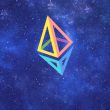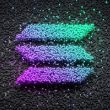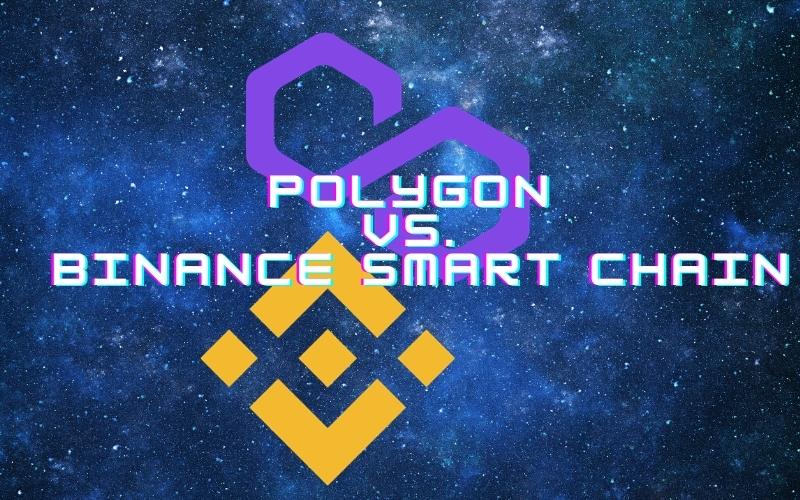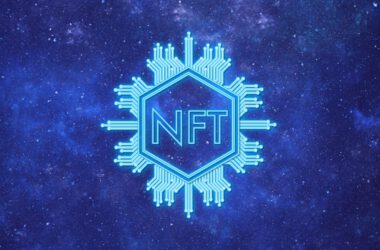Blockchains are no longer a novel occurrence, and projects in 2022 have more of a choice when it comes to picking the best transaction medium. Proof-of-stake network offer similar advantages, making for a heated competition when it comes to attracting top NFT collections and P2E games.
In a previous guide, Play2Moon compared Polygon Vs. Solana.
Polygon arose as a solution to the congestion on the Ethereum network. Most of the computation on Polygon happens in side chains, with small gas fees pair in MATIC tokens. At the last stage, Polygon adds a layer of security by recording its status on an Ethereum block. But for the purposes of gaming, Polygon is seamless and cheap.
Binance Smart Chain was created in addition to Binance Chain, to carry the native BNB token. Initially, BNB only existed on the Ethereum network, but over time the Binance brand decided to build its own network.
Both Polygon and BSC use a form of delegation, differing in the details of block time, number of delegators and other blockchain technicalities. But the true difference and competition lies in the projects that have chosen the networks.
Polygon has the advantage of being compatible with Ethereum, and attracts multiple projects that migrate due to high gas fees. Additionally, some projects coexist on Polygon and Ethereum.
BSC on the other hand has more curated projects coming in from Binance Launchpad and Binance NFT. Some of the projects also receive funding from a specially created entity, boosting hand-picked games and projects. BSC also carries the advantage of an easier listing on Binance, as well as PancakeSwap, one of the more influential decentralized exchanges.
Top Projects on Polygon
Polygon carries some of the more prominent P2E games. The list includes Crazy Defense Heroes, which migrated recently. A new launch is coming from Sunflower Land. Pegaxy, REVV Racing and Aavegotchi, which mixes gaming and finance, secure the most visits to this blockchain.
Top Projects on BSC
Mobox and Bomb Crypto are the most well-known games on Binance Smart Chain. The games compete for attention with other utility dApps, including decentralized exchanges and other financial tools.
Polygon Vs. BSC Compared
| Feature | Polygon | BSC |
| Active Addresses | 417,313 | 1.1M |
| Transactions per Second | 45 TPS | 55-60 TPS |
| Asset Supply and Value | $1.47, 7.9B MATIC | $387.63, 165M BNB |
| Top Game Users | 132.8K Crazy Defense Heroes | 49K users for Mobox |
| Transaction Fee | varies | $0.29-$0.50 |
Polygon Vs. BSC: Which Asset is More Accessible
MATIC is a widely traded asset, but BSC is one of the more widely distributed tokens. As seen above, BSC has more active addresses each day, boosted by the Binance ecosystem.
MATIC, however, has the advantage of being offered on the Coinbase exchange, ensuring easier access to US-based traders.
BSC has the advantage of a higher trading volume on the Binance exchange.
Polygon Vs. BSC: Which Wallet to Use
With most P2E and NFT projects trying to be more accessible, both Polygon and BSC can be accessed through the MetaMask wallet.
BSC has a special Binance wallet extension. Choosing one chain or the other depends on the games or features available on those networks.
Polygon Vs. BSC: NFT Trading
Polygon has a section of NFTs on OpenSea, gaining more prominent listings. Polygon has its own NFT ecosystem with thousands of owners depending on the project.
BSC collectibles are found on the dedicated Binance NFT market. Holding BSC can grant access to special minting events and mystery boxes.
Both Polygon and BSC have features that can turn their games, tokens and NFTs into positive experiences. In the end, choosing one network is about preferring the projects and startups it supports.










